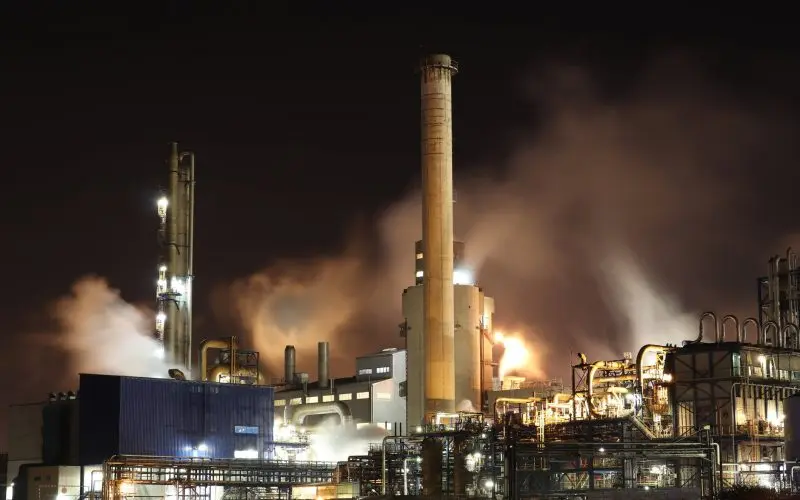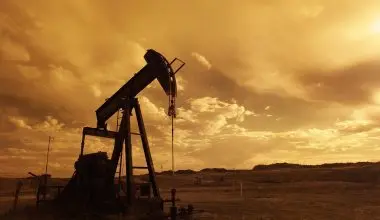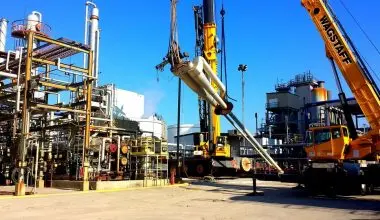Table of Contents Show
What makes the world go round? Energy! It is very important to know where energy comes from and the types of energy resources which are available for us to use. Renewable and Non-renewable are the two types of energy sources.
Due to the limited sources of non-renewable energy, it is very important for us to realize that we need to bring changes to where we source our energy from. In order to ensure our future, we need to transition into other forms of sustainable and Renewable energy sources as we rely heavily on non-renewable sources today.
According to the Central Intelligence Agency (CIA); we are producing around 66% of electricity from fossil fuels and just 8% from nuclear energy.
We greatly use our non-renewable sources; mainly fossil fuels such as, petroleum, coal and natural gas. But how much do we know about them?
Here are 10 interesting facts about non-renewable energy resources!
1. Carbon is the main element in fossil fuels
The process of forming fossil fuels about 360-300 million years ago is called the carboniferous period because of the carbon element in the fossil fuel. All the fossils fuels were made in a similar way hundreds of years ago. They are even older than the dinosaurs. The earth had a different landscape when the fossil fuels were created. The earth was dominated by swampy forests and shallow seas. Many different plants, plankton and algae grew in these places; when they died, they drifted in the bottom of the sea or lakes. These dead plants were crushed over by the rocks and other sediments which piled over them which created high heat and pressure over the time which turned them into fossil fuels.
2. The quality of coal is given by the level of carbonization
The coal as we know it, the brownish or black rock we burn to create energy is ranked according to the amount of time it spent while going through carbonization. The more the time coal spends in carbonization, the higher the quality of coal. Peat is the lowest rank of coal whereas the highest rank of coal is anthracite, made up of 95% carbon.
3. Natural gas is a form of methane:
When plant decomposition happens, it creates pockets underground where gas gets trapped. It has also been discovered lately that livestock waste also creates methane. New experiments are being done to harvest the methane from the waste of animals.
4. Fossil fuels cause the biggest environmental damage
The majority of the environmental challenges we face today is because of the exploration and extraction of fossil fuels. From climate change to global warming to acid rain, even water pollution is the result of excessive use of fossil fuels. In the US, the Environmental Protection Agency estimates that 79% of greenhouse gases emissions in 2010 are because of the burning of fossil fuels. Many studies have proven that many Dangerous chemicals are used in large quantities to extract fossil fuels.
5. Burning unlocks the energy locked in Fossil Fuels
Hydrocarbons store energy in the form of atomic bonds. These hydrocarbons are in the fossils fuels. To release this energy fossil fuels need to be burned. The heat used to burn fossil fuels causes the carbon and hydrogen molecules to separate and create large amounts of energy. When these chemicals come in contact with other heat sources that’s when they react and generate energy. Different types of fossil fuels have different qualities of hydrocarbons this is why they differ in the energy content and burning rates. The rate of burning of fossil fuels is determined by the chemical arrangement of carbon molecules in the hydrocarbon chain of fossil fuels.
6. Fossil fuel frenzy started after World War II:
In the last 80-100 years the consumption of fossil fuels has increased rapidly to damage the environment and leading to an endless use of non-renewable resources. Most of the people consider that the frenzy of current fossil fuel started from World War lI.
7. Oil is the world’s most versatile substance
Less than 50% of one barrel of crude oil makes petrol once refined; with the bulk of the remainder used as diesel, jet fuels, heating oil and heavy fuel oil. Most people think of fuel when they think of oil; Crude oil is considered as one of the world’s most versatile substances and can be refined into further different compounds, each capable of being manufactured into many others. Without oil many household goods that we take for granted would not exist.
8. No one knows How much of Fossils Fuels is Left
It is certain that fossil fuels are finite resources and are being depleted rapidly. However, no one can predict when they would actually run out. Estimation made with analyzing current fossil fuel consumption levels suggests that oil reserves as we know it would run out around the middle of the century whereas coal reserves may run out towards the end of the century.
9. The fossil fuel industry has a very high net-worth
The combined worth of the oil and gas firms listed on the stock exchange is $4.65 trillion. To put it into perspective, Exxon-Mobil is the second largest company in the world after Apple.
10. Fossil fuel subsidies exceed the budget allocated to global healthcare!
The fossil fuel industry benefits from a lot of public subsidies despite its high value. These fossil fuel companies are benefiting from global subsidies equivalent to $10 million in a minute every day!





